Challenging the perception of digital text as intangible and flat, we strive to explore its materialities and possibilities for inscription and relation.
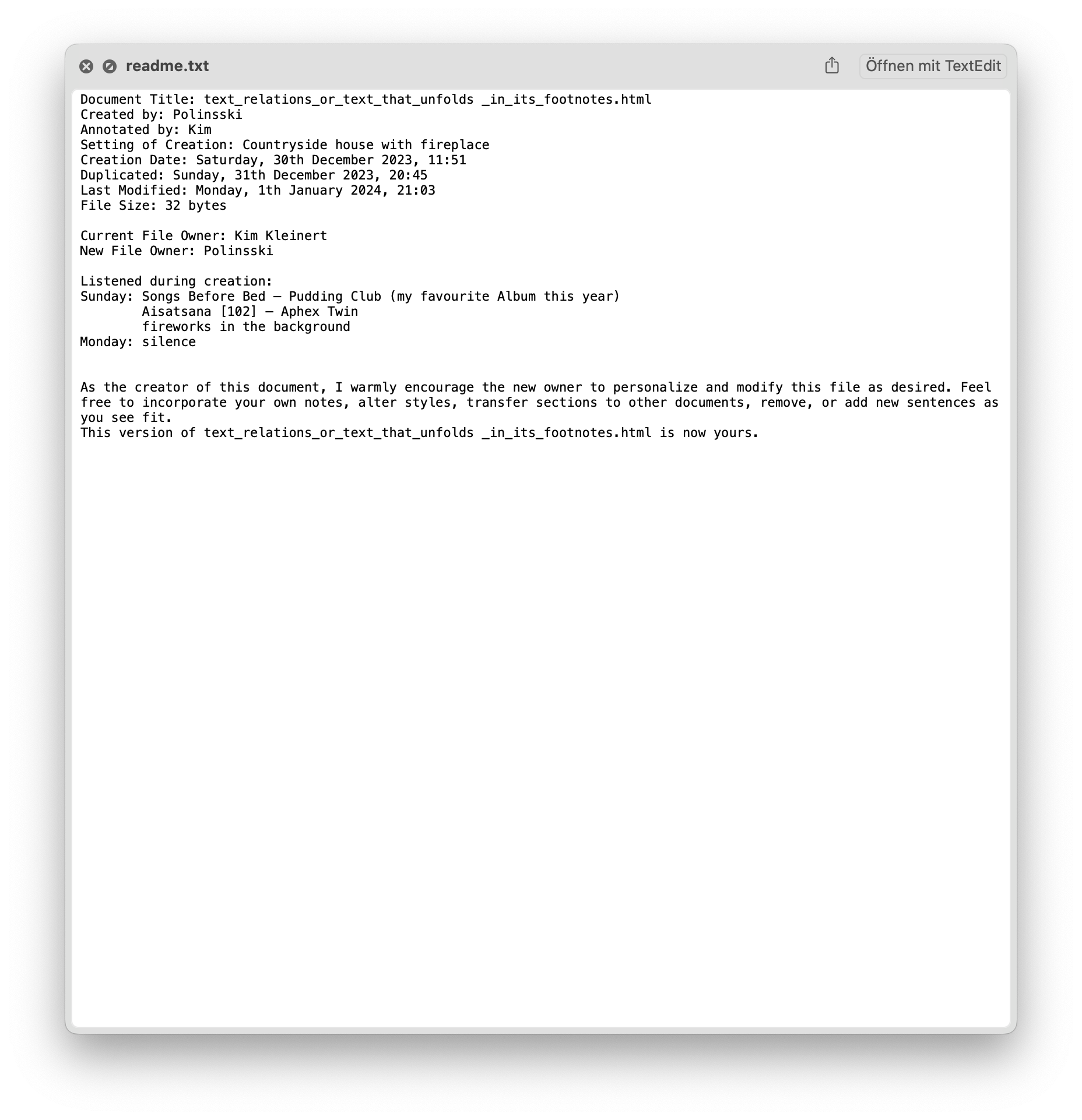
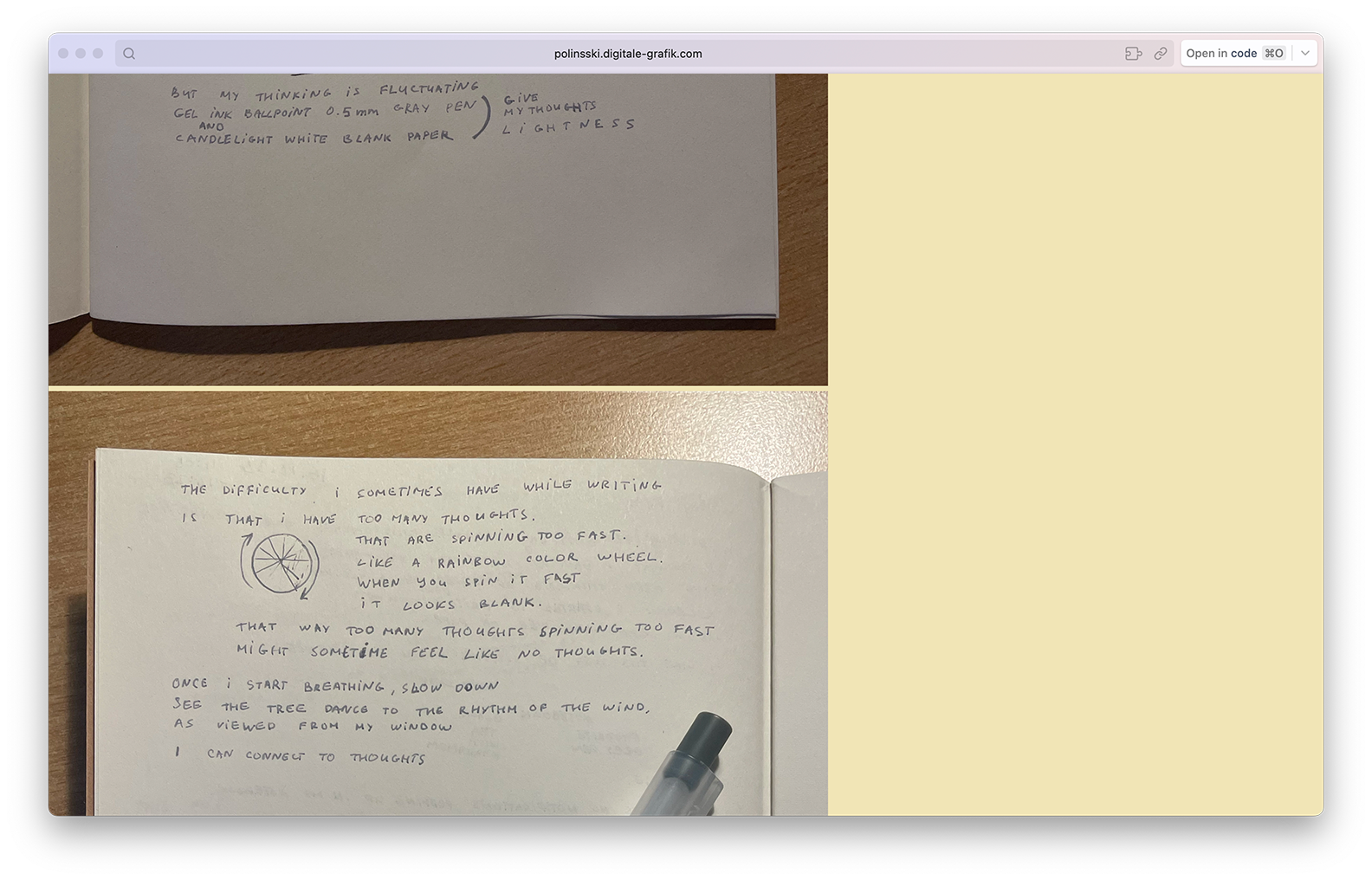
Challenging the perception of digital text as intangible and flat, we strive to explore its materialities and possibilities for inscription and relation.


Meaning of a text does not reside in the text, but is produced by the reader in relation not only to the text in question, but also the complex network of texts invoked in the reading process.
While the term 'intertextuality' was first coined by Julia Kristeva in 1966, it's concept and device might be as old as 'text' itself: Myriad examples of intertextuality can be found in historical religious and mythological writings.
Meaning of a text lies in relation to other texts, entities, beings.
As a mode of intertextual intimacy and identification
Citation as storytelling, not ownership. citation not b/c we believe in the ownership of ideas, but citation as a form of storytelling and lineage.
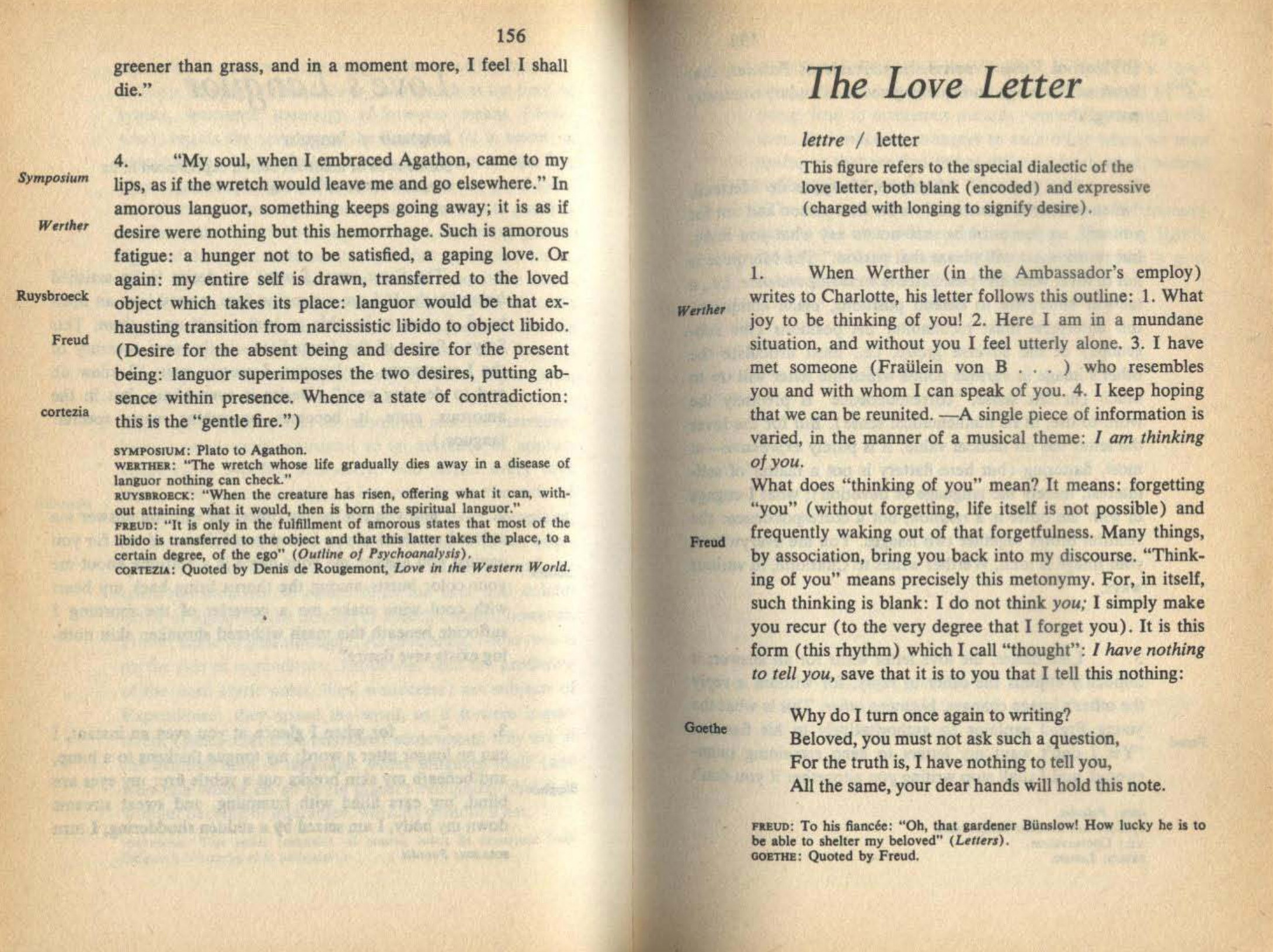

Citation, based next to a memory becomes a way of making ones life intelligible.
.webp)
Marginalia can transform a text into a social space, especially in shared or passed-down texts, comments in the margins become a conversation across time and space between different readers.
This practice shifted with invention of printing press, books were no longer regarded as tools to be used or long-term assets. With becoming less expensive they were rarely handed down over multiple generations. Unlike today a book was not understood as finished product but ongoing dialouge, log of recently added information
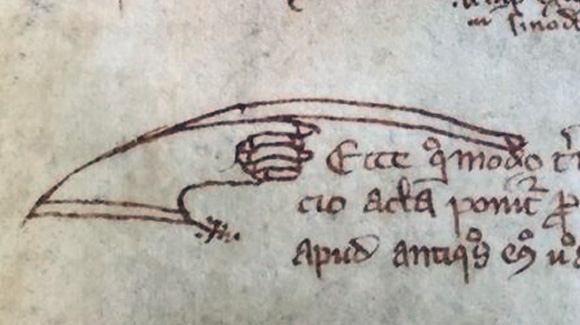
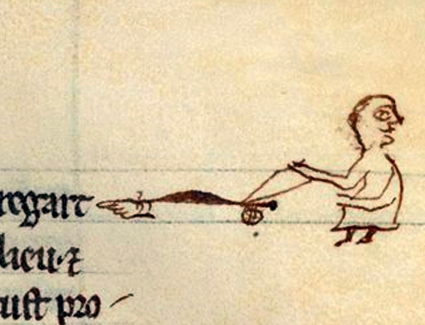

what happens to text when it escapes the 'prison of paper'?
digital text is not the same as text on paper: what shapes can it take?
how marginalia-writing practice could look on the web? is web a perfect place to write marginalia?
...you didn’t truly own a book (spiritually, intellectually) until you had marked it up.
...a way to not just passively read but to fully enter a text, to collaborate with it, to mingle with an author on some kind of primary textual plane.
...Books have become my journals, my critical notebooks, my creative outlets. Writing in them is the closest I come to regular meditation; marginalia is — no exaggeration — possibly the most pleasurable thing I do on a daily basis.
...Digital technology, rather than destroying the tradition of marginalia, could actually help us return it to its gloriously social 18th-century roots.
...hypercharged marginalia might be one area where the e-book can actually improve on the tree-book
Source code, or simply code, is text (usually plain text) that conforms to a human-readable programming language and specifies the behavior of a computer.
When a user requests a web page from a particular website, the browser retrieves its files from a web server and then displays the page on the user's screen.
“View source” is critical to an open Web. The more code that users can read, the more code they can review and learn from.
Hypertext: This refers to the ability to create links that connect different documents or pages together. These links can be clicked to navigate from one page or section of content to another. Hypertext is what makes the web "web-like," allowing for the interconnection of various pieces of content across the internet. example
Markup: This is the process of using tags to define the structure and layout of a web document. In HTML, markup tags tell the web browser how to display the content. For example, you might use a <p> tag to mark a paragraph of text or an <img> tag to insert an image. Markup defines the elements of a web page (like headings, paragraphs, lists, and links) and can include styling and scripting information. example
HTML comments are not displayed in the browser, but they can help document your HTML source code.
What if we look at the commenting practice through the lens of marginalia writing? Can commenting practice transform source code into a social space, can comments in the margins become a conversation across time and space between different readers adding a level of intertextuality?
Basics of HTML introduced by Laurel Schwulst